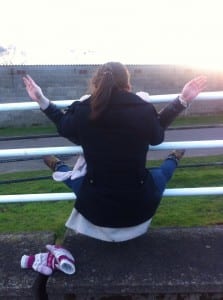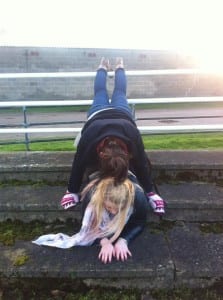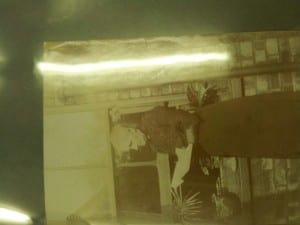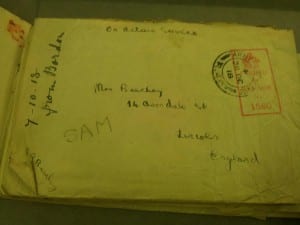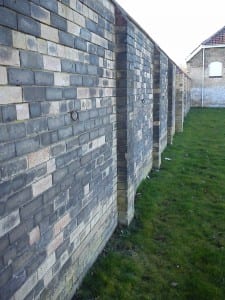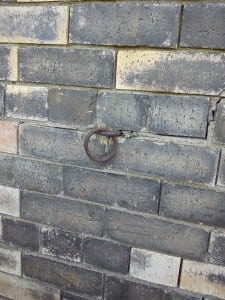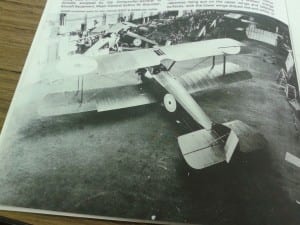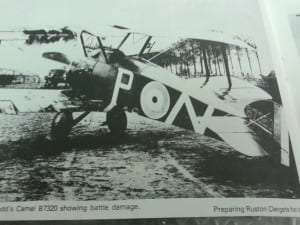My research into the site has led me closer and closer to the site’s role in World War I. First, with the discovery of the Common being used to test Military aircraft and secondly with the account of the aircraft which destroyed the Red Baron. In a group feedback meeting, it was mentioned that the Common was also used to teach soldiers how to dig trenches in preparation for their deployment overseas during World War I. I also learned in this meeting that there was, at one time, a proposal to turn the site into a mortuary in case Lincoln was ever bombed heavily during the war.
After the meeting I went down to the Lincoln Grandstand to survey the landscape. While I was down there I noticed that at the back of the Lincoln Grandstand, on the golf course, there was a bunker which looked somewhat like a trench. This bunker did not appear as part of the main golf course, which led me to believe it was there for golf players to practice hitting the ball out of the bunker. This theme of practicing connected with my new knowledge of the Common being used for soldiers to practice digging trenches. I made a note of this bunker and concluded my visit that day to the Lincoln Grandstand.
As I discover all of these gateways into the Military History of the Lincoln Grandstand, I cannot help but be inspired by a poem called No Man’s Land by Eric Bogle. The poem, in my opinion, reflects the truth of war through the remembrance of one soldier who died during the First World War. This act of remembrance connects with my initial thought of people wanting to be remembered, even by those who never met them. I have decided that I will recite this poem during my performance at the Lincoln Grandstand to demonstrate the idea of wanting to be remembered.
